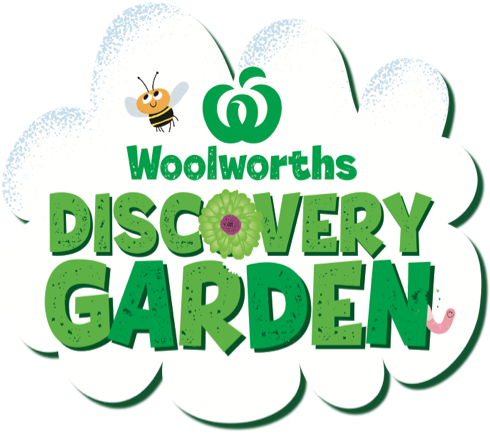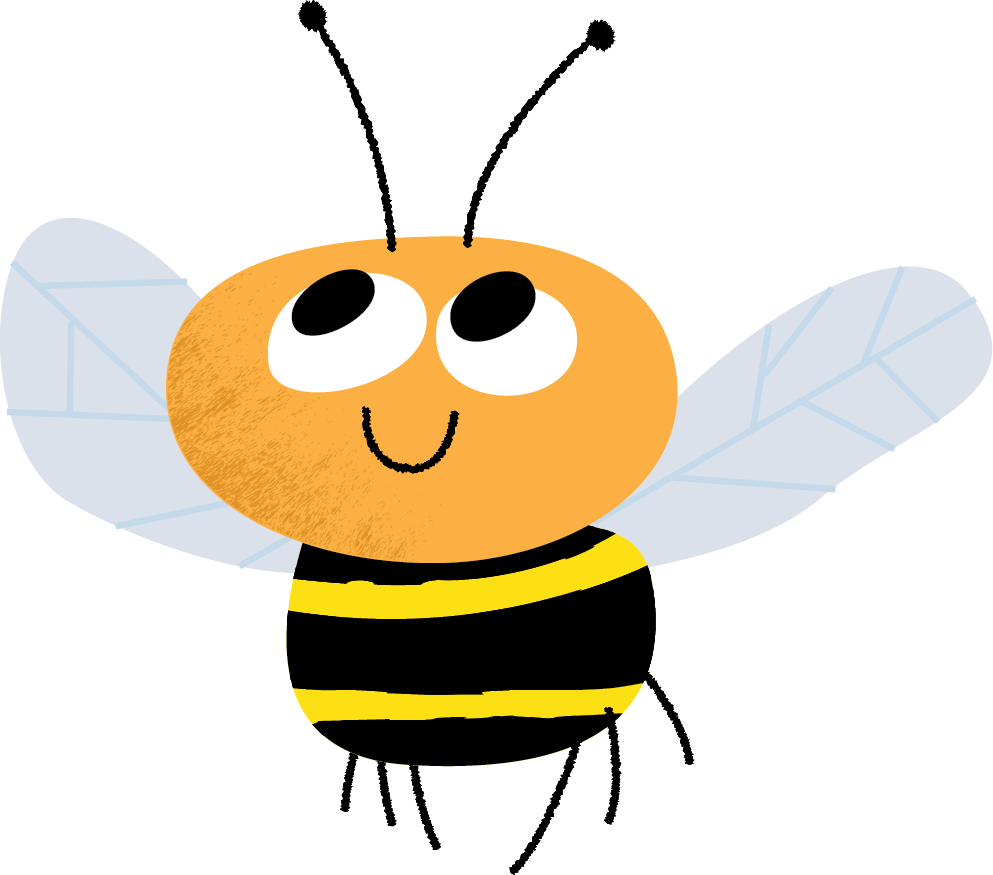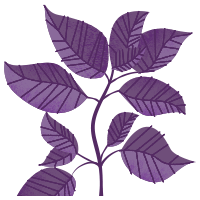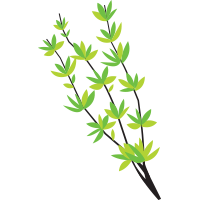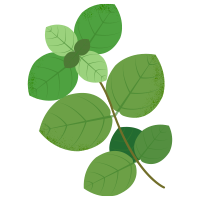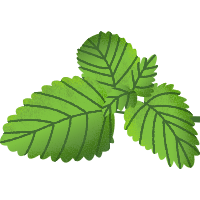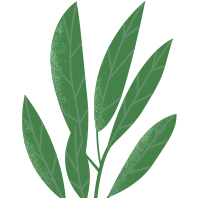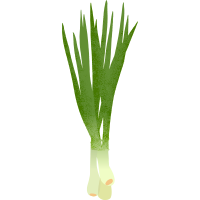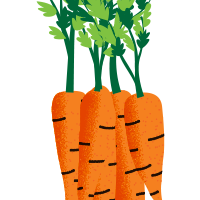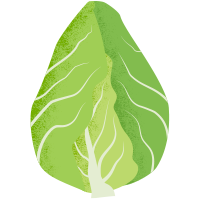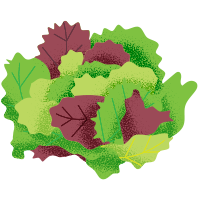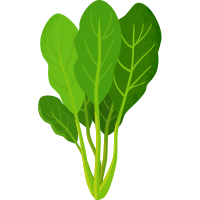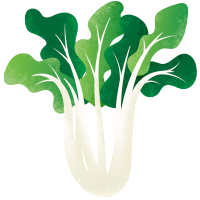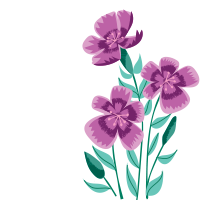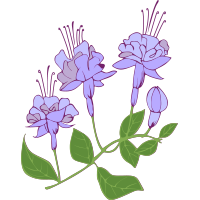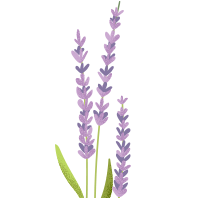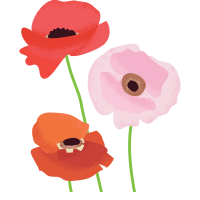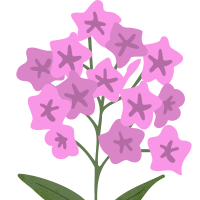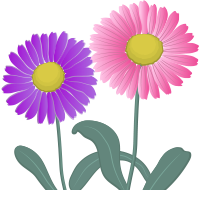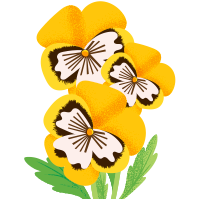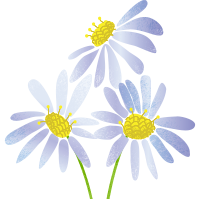Your pop out seed name will have an estimated harvest time. However, there are lots of factors that can influence how quickly a plant reaches maturity.
Harvesting doesn’t need to be complicated ? you don’t need a lot of tools and equipment. A pair of gloves are always a good idea, as well as a pair of gardening-friendly scissors (green-thumbs might know these as snips, pruning shears or secateurs). When using any sharp objects in the garden, it’s important to have the supervision of a responsible adult.
This will depend on your plant and the season they thrive in. Check out the harvest page to learn more about what time of year they come to life
Harvesting doesn’t need to be complicated ? you don’t need a lot of tools and equipment. A pair of gloves are always a good idea, as well as a pair of gardening-friendly scissors (green-thumbs might know these as snips, pruning shears or secateurs). When using any sharp objects in the garden, it’s important to have the supervision of a responsible adult.
As different vegetables, herbs and flowers all grow differently, they require different harvesting practices. Check out our harvest page to learn about how to harvest your plant.

